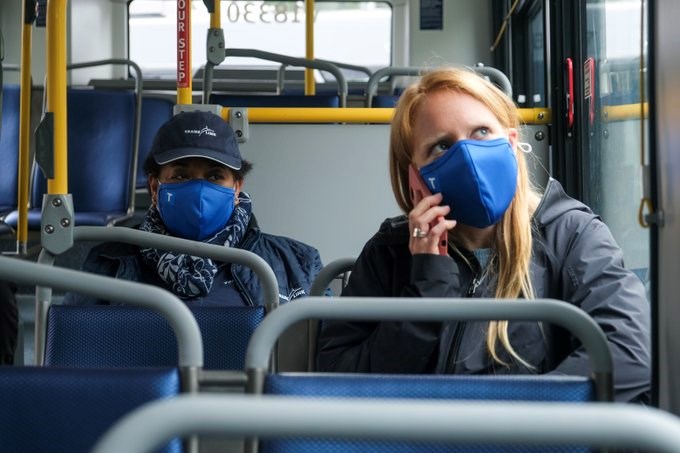Editor:
I am a resident of Forest Grove on Burnaby Mountain and for years have argued against the proposed Burnaby Mountain gondola that may, or may not, run directly over my neighbourhood.
As we come to the end of yet another public consultation on the project, my core arguments opposing the project remain, but have been strengthened by TransLink’s fiscal situation.
In August, TransLink received $644 million of funding from provincial and federal governments to cover net revenue losses from the COVID-19 pandemic.
CEO Kevin Desmond said the authority’s losses could range from $600 million to $1 billion over the next year, while the deficit over the next decade could be up to $2 billion.
In June, Geoff Cross, TransLink’s vice-president for transportation planning and policy stated, “Transit ridership will likely remain well below pre-COVID levels until sometime after the pandemic and its recovery will be heavily dependent on the degree to which people still feel some lasting proximity anxiety; rates of unemployment; and the degree to which the roughly half of workers in our region that are able to work from home, continue to do so.”
If things are so dire, why is TransLink running largely empty articulated buses every five to 20 minutes all day on the R5 and 145 routes up to SFU? Conventional buses on the 144 route are similarly empty. SFU essentially closed its campus in March, and students and staff are not commuting, nor will they any time soon. Countless times I have seen more bus drivers at the SFU transit exchange than customers.
Is this what TransLink calls fiscal prudence, effective resource allocation, and environmental awareness?
Maybe it is. Because these are the very same folks who want to build a gondola with $200-$300 million they do not have now, and may never have. Throw in around $3 million a year for gondola operating costs. Then adjust all current cost estimates upwards by 25% for inflation and inevitable delays (it was estimated to cost $114 million way back in 2011).
There is a very real potential for many years of transit funding uncertainty and huge deficits due to the pandemic. The future reduction in commuting by any mode of transportation will erode both fare revenue and TransLink’s 18.5-cent-per-litre gasoline tax. TransLink’s ability to balance service and expenditures while capping deficits begs some serious questions.
So here is my serious question: Why is TransLink spending more money to study (again) and plan (still) the Burnaby Mountain gondola? It is a project that, after more than 10 years, remains neither approved, nor funded by anyone.
TransLink faces the very real prospect being unable to maintain core services, let alone fund the long-promised SkyTrain expansion to UBC and projects south of the Fraser, routes that have much greater potential ridership and positive environmental impacts than a gondola.
Eric Mogensen, Burnaby



